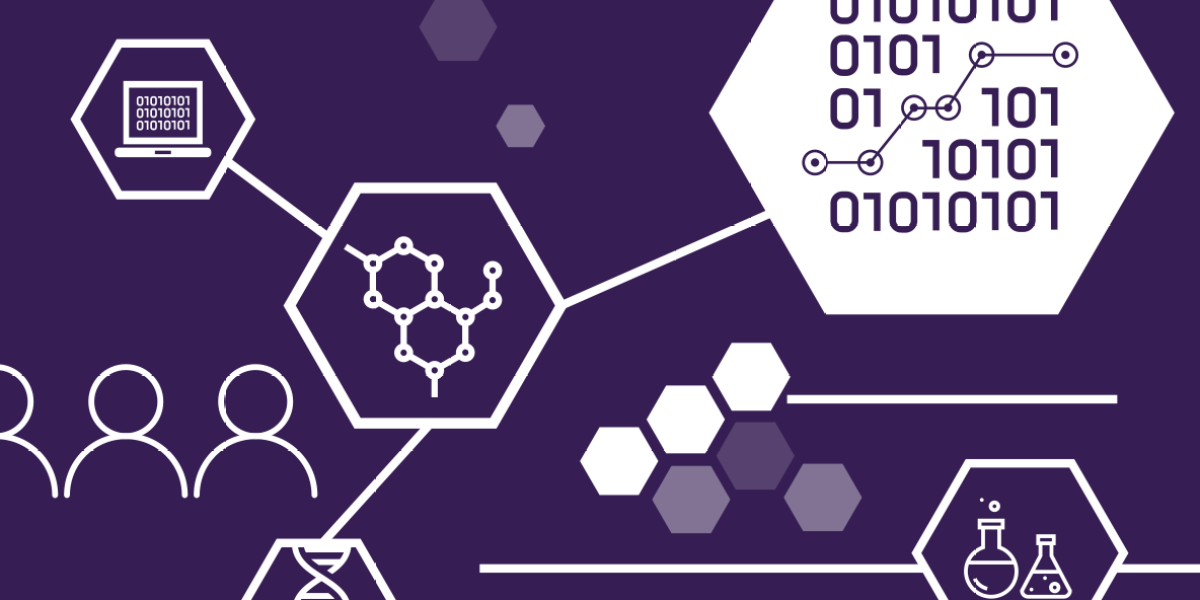Digital innovation in the pharmaceuticals and chemicals industries

Over the past two or three years, the pace of digital transformation is increasing thanks to the improved performance, power, and adaptability of tools, and investments in cloud computing, data architecture, and visualization technologies. There are also an increasing number of use cases for machine learning and, in future, quantum computing, which will accelerate the development of molecules and formulations.
The broad digital transformation taking place in R&D is allowing researchers to automate time-consuming manual processes and opening new research horizons in thorny problems that have failed to elicit breakthroughs. This new report, based on interviews with R&D executives at companies including Novartis, Roche, Merck, Syngenta, and BASF, explores the use cases, best practices, and roadmaps for digitalizing science.
Exploring patterns in complex datasets
Rich, accessible, and shareable data are the fuel on which today’s breakthrough analytics and computing tools rely. To ensure that datasets are usable for scientific purposes, leading companies are focusing on FAIR data principles (findable, accessible, interoperable, and reusable), developing robust metadata and governance protocols, and using advanced analytics and data visualization tools.
Digital transformation is opening up R&D horizons in areas such as genomics that could lead to breakthroughs in precision medicine. It is also creating opportunities for decentralized clinical trials, unleashing future innovations in digi-ceuticals and healthcare wearables.
Reaching the right study faster
Experiments and clinical trials carry a huge cost for both industries, both financially and in terms of human and scientific resources. Advanced simulation, modelling, AI-based analytics, and quantum computing are helping identify the strongest candidate for new therapies, materials, or products, allowing only the most promising to proceed to the costly experimental phase.
Organizational overhaul
R&D leaders foster bottom-up innovation by giving research teams freedom to experiment with new technologies and techniques. They also drive top-down strategic initiatives for sharing ideas, harmonizing systems, and channeling digital transformation budgets. As in any industry, AI and automation are changing ways of working in scientific research. Rather than being seen as a threat to research careers, leading organizations in pharma and chemicals are demonstrating that digital provides new opportunities for collaboration and the breaking down of silos. They celebrate wins, encourage feedback, and nurture open discussions about culture shifts in the workplace.
Download the full report.
This content was produced by Insights, the custom content arm of MIT Technology Review. It was not written by MIT Technology Review’s editorial staff.
